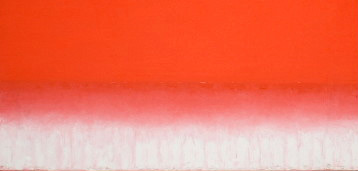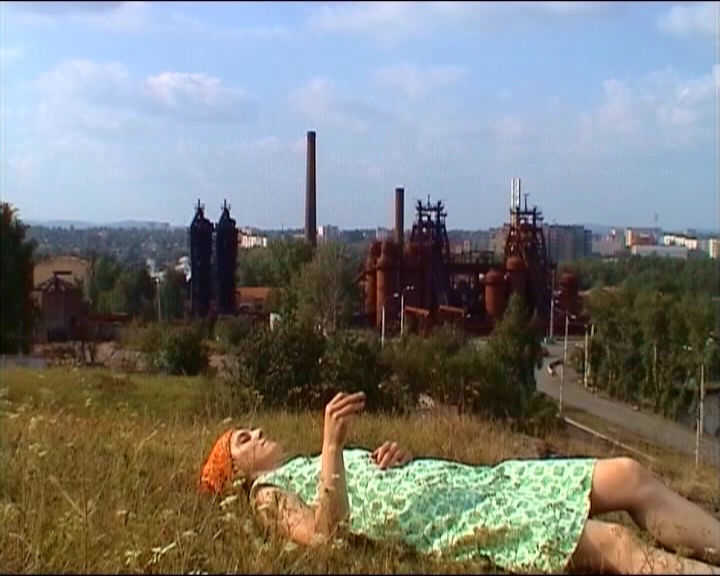Why Environmental Aesthetics Needs Both Science and Art.
Lecture by Sue Spaid
Zachęta | cinema room (entrance from Burschego street)
free entry
LECTURE HELD IN ENGLISH
Environmental Philosophy (EP) evolved as a distinct field when Ronald Hepburn published “Contemporary Aesthetics and the Neglect of Natural Beauty” (1966) in British Analytical Philosophy. A decade later, Alan Carlson asked when and how nature could be considered art. Because EP began as an aesthetic question, it has primarily been guided by aesthetic factors, which are not only anthropocentric, but rarely demarcate well-being. Consider swamps, wild fires, and mole hills, which humans typically consider eyesores, leaving some to conclude that killing moles is a good idea. Human notions of beauty have inspired preferences for insect-free lives, the ubiquitous lawn, channeling streams, and pollarding trees (all practices geared toward human delight, but at nature's expense). To my lights, beauty is a nonstarter when it comes to nature. Lots of things are good for nature, though not necessarily beautiful for human beings.
In this talk, I explore what I learned working directly with visual artists who have made it their goal, as "agents of perceptual change," to guide audiences to appreciate the beauty inherent in nature (more urban wild than wilderness) that they might ordinarily deem ugly. Relying on rather "automatic" assumptions about beauty doesn’t work, especially since psychological studies indicate that human beings tend to change their minds a lot when it comes to aesthetic judgment. Surprisingly few environmental solutions proposed by artists are driven by appearance, yet people suspect that adding an artist ensures some beautification project.
One of my goals has been to discover mind-independent (nonsubjective) tools for evaluating nature’s well-being. Botanist Michael Scherer-Lorenzen contends that ecosystem functioning depends on biodiversity, as opposed to biodiversity depending on some combination of climate, nutrients, and disturbance. I thus propose that biodiversity not only offers a way to measure ecosystem functioning, but is an indicator of human aesthetic engagement.

